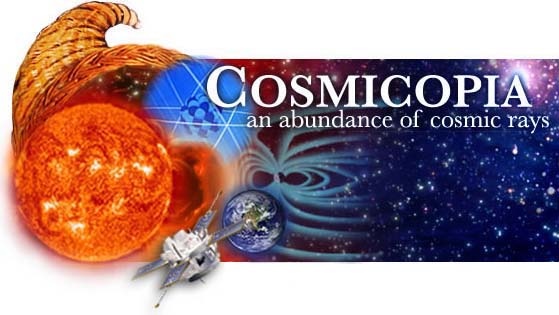
The History of Cosmic Ray Studies
1700 - 1799
- 1700
- Edmund Halley performs the first global magnetic survey
- 1750
- English philosopher Thomas Wright speculated that the Milky Way is a disk composed of stars moving in the same direction, and predicted the existence of other galaxies.
- 1755
- Immanuel Kant proposed the theory that the universe formed from a spinning nebula.
- 1766
- Henry Cavendish discovered hydrogen and showed it to be at least seven times lighter than air.
- July 4, 1783
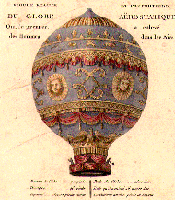 Joseph and Jacques Montgolfier, in a public exhibition, sent up a paper-lined linen balloon about 10 m in diameter that floated about 3 km in 10 minutes. Although inflated with smoke from a straw fire, heat was not yet recognized as the dominant source of reduced density.
Joseph and Jacques Montgolfier, in a public exhibition, sent up a paper-lined linen balloon about 10 m in diameter that floated about 3 km in 10 minutes. Although inflated with smoke from a straw fire, heat was not yet recognized as the dominant source of reduced density.- August 27, 1783
- Under the auspices of the French Academy of Sciences, A.C. Charles sent up a hydrogen-filled balloon of rubber-coated silk, 4 m in diameter. It rose to about 1000 m and traveled 24 km.
- September 19, 1783
- A Montgolfier balloon successfully carried a sheep, a cock, and a duck about 3 km in 8 minutes.
- November 21, 1783
- First manned flight: Pilatre de Rozier and Marquis d'Arlandes flew in a Montgolfier balloon in which the heat was replenished in flight by a straw fire. The balloon, 15 m in diameter, ascended about 100 m and traveled 8 km in 20 min, during which time the balloon caught fire, but was extinguished with water carried for that purpose.
- December 1, 1783
- Jacques Charles and Nicholas Robert ascended from Paris to about 600 m and landed 43 km away after 2 hours in the air. Robert then left the balloon, and Charles continued the flight briefly to 2700 m altitude, measured by a barometer. This hydrogen-filled balloon was generally spherical and used a net, load ring, valve, open appendix and sand ballast, all of which were to be universally adopted later.
- 1784
- Dr. John Jeffries, with J.-P. F. Blanchard as pilot, made observations of temperature and moisture, and collected samples of air at various altitudes over England, using a hydrogen-filled balloon.
- January 7, 1785

Jeffires and Blanchard crossed the English Channel from England to France in an allegedly leaky varnished balloon, sacrificing practically every available item of weight for ballast.- June 15, 1785
- de Rozier and Romain attempted a reverse channel crossing (France to England) in a tandem balloon, consisting of and upper gas balloon and a lower hot air balloon, the latter intended for vertical control instead of ballast. A chance was taken on the flammability of hydrogen in apparent confidence that its lightness would carry it up and away and that sparks could be contained. At about 1000 m, the craft burst into flames, killing both de Rozier and Romain.
- 1794
- First flight by a woman. Marie Thible, Lyons, France, flew in a free balloon to 8,500 feet in a 45 minute flight.
- 1793
- Blanchard makes the first balloon flight in America. The event was watched by President George Washington.
Back to main history page
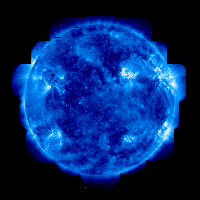

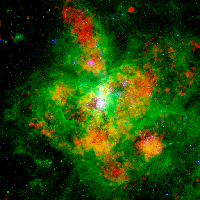
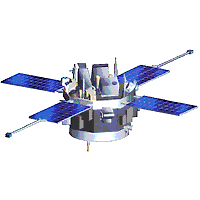
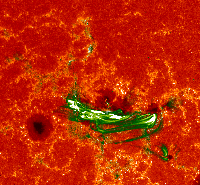
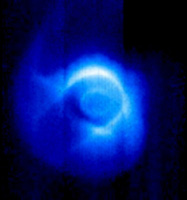
Click on images above to
learn more about them
A service of the Heliophysics
Science Division at NASA's GSFC
Questions and comments to: cosmicopia@cosmicra.gsfc.nasa.gov
Curator: Dr Eric R. Christian, NASA
Responsible NASA Official: Dr Eric R. Christian
Privacy Policy and Important Notices
Questions and comments to: cosmicopia@cosmicra.gsfc.nasa.gov
Curator: Dr Eric R. Christian, NASA
Responsible NASA Official: Dr Eric R. Christian
Privacy Policy and Important Notices

HOME
In the News
History
Ask Us
Great Links
Glossary
Site Map
Search NASA